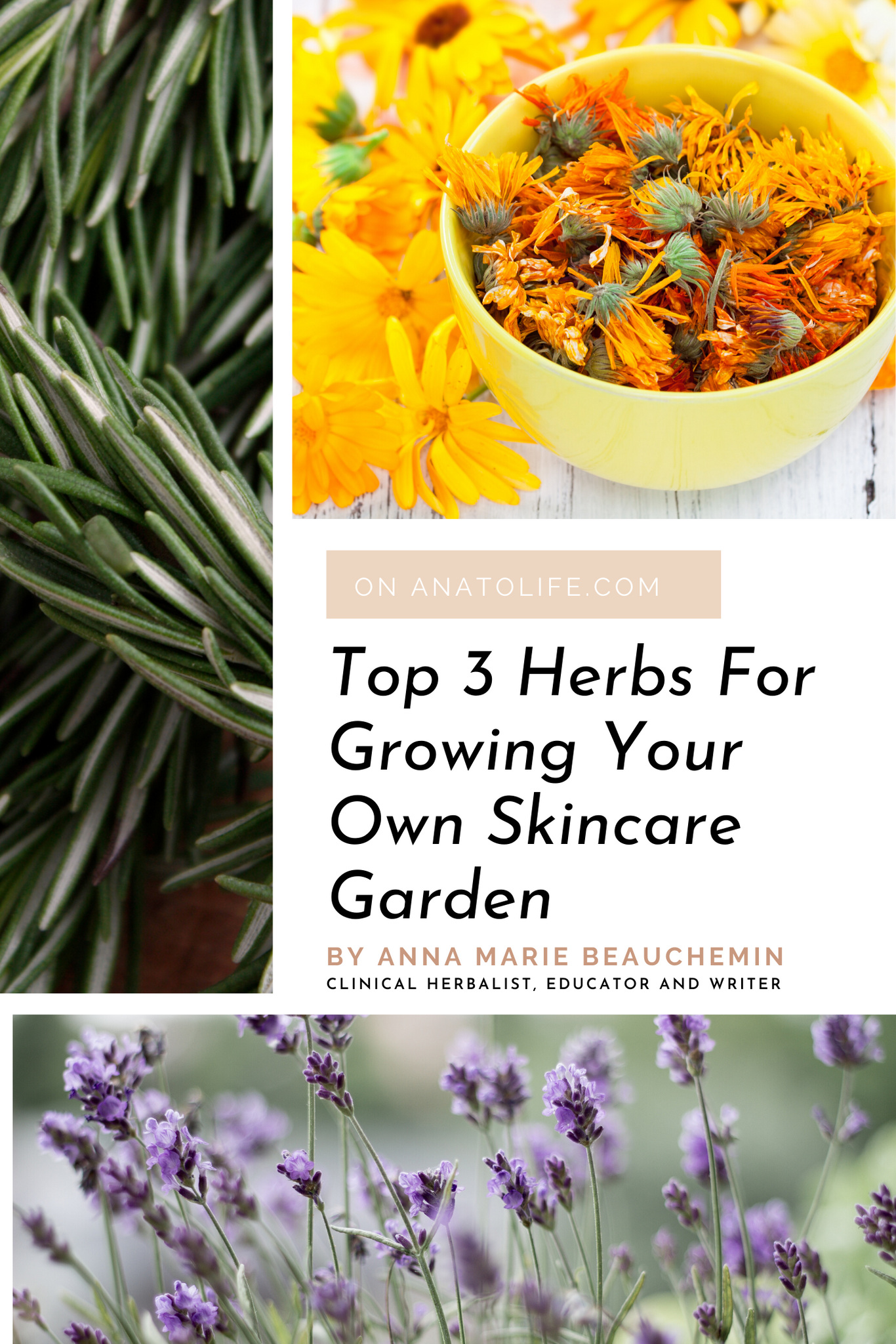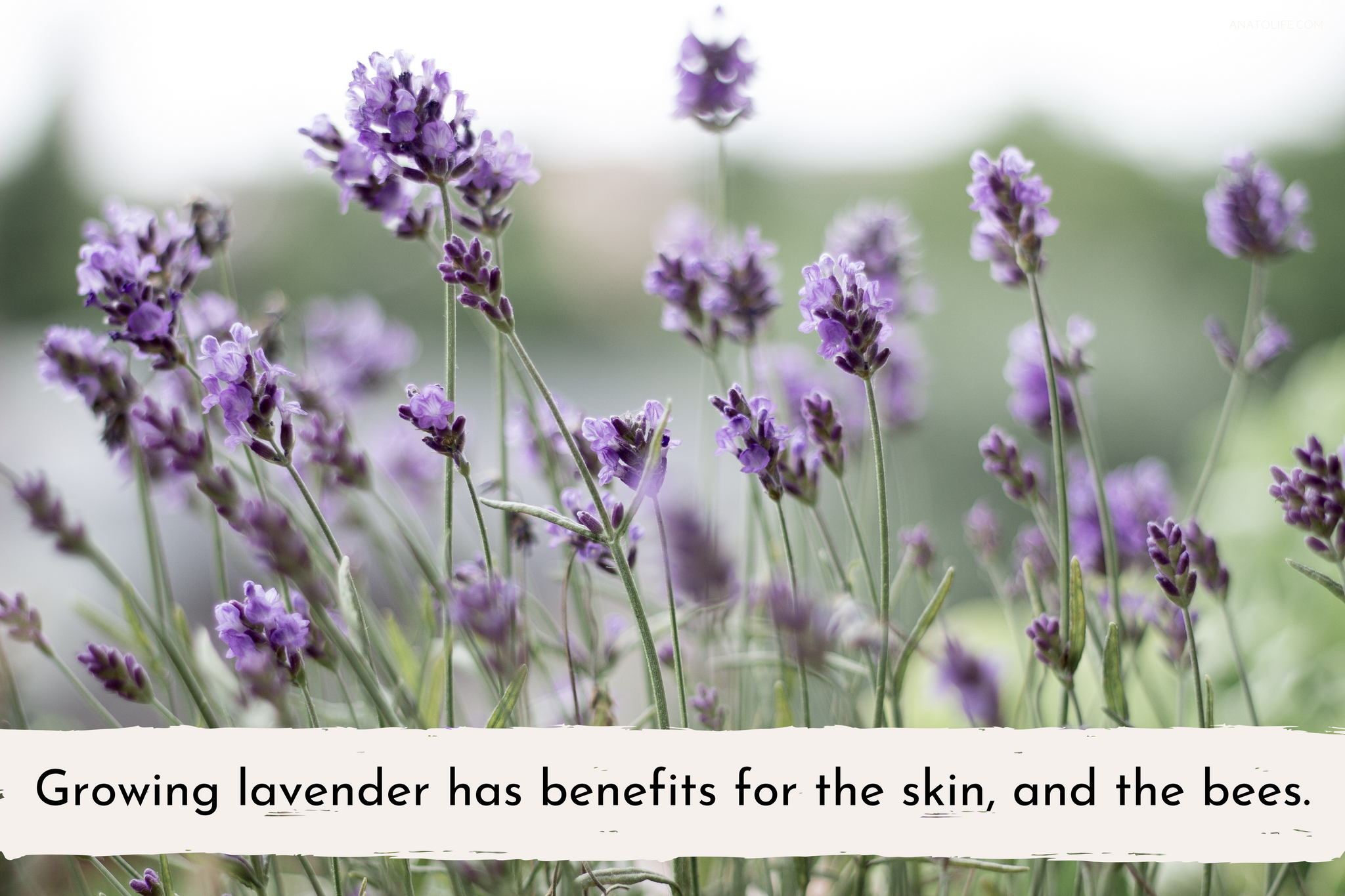
The gentle touch of a gardener’s hands on the plants they grow creates a spark – a relationship between the grower and the plant. As the cultivator we offer the plants we tend to many things. From light and love to nutrients and maintenance – we provide plants an environment to thrive in, and in return, the plants offer us a gift – the gift of beauty, the gift of food, or my personal favorite, the gift of herbal medicine. When we are in relationship with the plants we grow we create a system of reciprocity that nurtures both the parties involved, and supports the ecological richness of the greater environment.
Call it woo-woo, or whatever you want there's a special something that happens you just can't explain !
The world of medicinal plants is vast, and while there are many fabulous herbs that can be grown for increased wellness and vitality (see Anato’s recent post - Top Five Low Maintenance Perennial Plants) today we're going to focus on plants that are supportive to one of our bodies most vital systems – the skin. All of the plants featured not only have the potential to provide nourishment and support for our skin, but also double as being beneficial to pollinators, and therefore the environment that surrounds them. They are ideal candidates for cultivating this special gardener-plant relationship - one that supports ourselves, the plants, and the environment that we are all a part of.
Lavender (Lavandula angustifolia)

Well-known for its calming aromatic benefits, the oils found in lavender also double as a potent anti-inflammatory making this soothing plant an ideal addition to any skincare garden. Lavender grows as a perennial, meaning that you only have to plant this sweet shrub once, and it will continue to come back year after year. Lavender is a favorite plant for pollinators such as honeybees, providing much-needed forage for them to gather and support their hives with. The long stalks of lavender can be collected in early-late summer (depending on which variety you select), and can be dried for infusing into oils and salves, or used fresh in your culinary pursuits.
My Favorite Way To Use Lavender Topically: as an infused oil for the skin to help with sore muscles or mild inflammation and irritation.
Lavender is found in Anato’s Buame Réparateur , which has over 14 multifunctional uses!
Calendula (Calendula officinalis)

This special medicinal flower has been revered in herbalism for hundreds of years for it’s potentially healing action on the tissues of our skin. Classified as both an anti-inflammatory and a vulnerary, calendula is a go-to herb for herbalists for topical applications to support the skin. The petals are edible and have a sweetly citrus flavor also making them a beautiful addition to salads and treats during the summer months. Though this annual plant needs to be reseeded from year to year, if you have a patch of them growing in your yard (or a pot) you will find that they often reseed themselves when left alone to go through their full life cycle. Also loved by pollinators, these very classic blooms are a wonderful addition to any skincare garden.
My Favorite Ways To Use Calendula Topically: dried and infused into an oil for the skin that can be incorporated into healing hand salves.
Get inspired! Seasonal recipes with edible flowers and perennial plants.
Rosemary (Rosmarinus officinalis)

This classic culinary herb is not only thought to be beneficial for the digestive system but to the circulatory and skin systems as well. A warming plant by nature, rosemary has historically been used as a circulatory stimulant in the herbal world, making it a welcomed addition to balms and salves that aim to increase circulation in a particular area. Rosemary is a staple in the kitchen, and the low-growing varieties also attract a number of pollinators to their blooms. As perennial rosemary will keep growing from year to year and has the ability to get quite robust when planted in a location that it favors. A definite must-have herbaceous shrub for any medicinal herb garden, particularly a culinary or skin-based one.
Get delicious recipes that use these and other edible perennial plants
Anna Marie Beauchemin Bio
Anna Marie Beauchemin is a trained clinical herbalist, educator, writer, and the founder of East Bay Herbals - a community-based apothecary and herbal medicine practice based in the San Francisco Bay Area. As a former biologist, Anna loves working in the space where the art and science of herbalism meet and enjoys incorporating the magic of herbalism into her home kitchen whenever possible. She offers private one-on-one herbal consultations, professional consulting and development services, and educational and workshop trainings throughout California and beyond. You can find more information on her practice at eastbayherbals.com or through her Instagram and Facebook pages @eastbayherbals
Note: The information presented in this article is for educational and research purposes only and is not intended to diagnose, treat, cure, or prevent any disease. Always be sure to consult with your physician before adding herbal supplements into your diet, especially if you are pregnant, nursing, or on medication.
